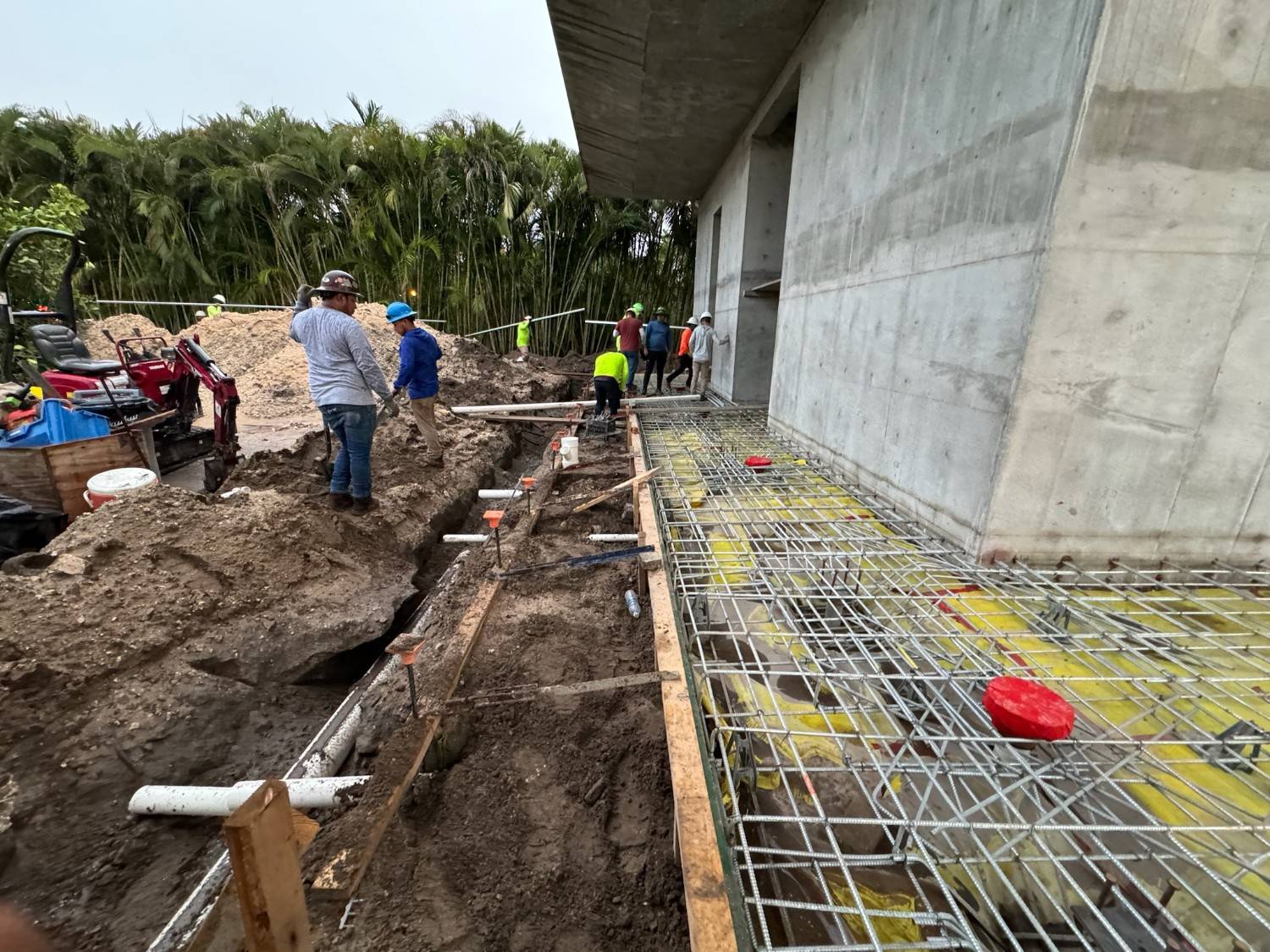
Construction shapes our environment and creates essential structures. Methods, materials, and technologies have advanced over time. Construction adapts to meet urbanization, sustainability, and safety needs. This article explores the evolution of construction from traditional to modern innovations.
The Foundations of Construction: From Ancient to Modern Times
Construction dates back thousands of years. Early civilizations used mud, stone, and wood.
Egyptians built monumental structures like the pyramids. The pyramids were created with advanced planning and engineering. Romans revolutionized construction with concrete and the arch. Romans built larger, durable structures like aqueducts, roads, and the Colosseum.
The Industrial Revolution, which occurred in the 18th and 19th centuries, marked another transformative period for the construction industry. With the advent of new materials, such as steel and reinforced concrete, construction techniques became more efficient, enabling the construction of larger buildings in shorter timeframes. The skyscraper, for example, emerged during this era, forever changing the city skyline. Modern construction practices began to take shape during this period, laying the groundwork for the innovations that followed.
The Rise of Modern Construction: Technology and Automation
In the 20th century, the construction industry experienced significant advancements in technology and automation, which substantially enhanced construction efficiency. The use of cranes, bulldozers, and other heavy machinery enabled faster and more precise construction processes. The advancement of prefabrication and modular construction also helped streamline building projects by allowing parts of a structure to be built off-site and then assembled at the final location.
Today, the integration of technology continues to shape the construction landscape. Building Information Modeling (BIM) has revolutionized the planning and design process by enabling architects, engineers, and construction teams to collaborate in real-time. BIM facilitates the creation of detailed digital models of buildings, thereby reducing errors and improving efficiency during the construction phase.
In addition to BIM, advanced robotics and drones are becoming increasingly common on construction sites. Drones conduct aerial surveys, monitor project progress, and inspect hard-to-reach areas, reducing manual labor and enhancing job site safety. Robots perform tasks such as bricklaying, painting, and 3D printing, significantly reducing construction time and costs.
Sustainable Construction: Building with the Environment in Mind
As the world faces growing concerns about climate change and resource depletion, the construction industry focuses more on sustainability. Green building practices, energy-efficient technologies, and sustainable materials are now central to the construction of modern buildings. The goal is to minimize construction’s environmental impact while enhancing the energy efficiency of the structures builders create.
One of the most significant developments in sustainable construction is the use of renewable energy sources, such as solar panels and wind turbines, in building designs. These technologies enable buildings to generate their energy, thereby reducing their dependence on fossil fuels and lowering greenhouse gas emissions. Designers create many new buildings to be highly energy-efficient, using advanced insulation, innovative heating and cooling systems, and energy-efficient windows to reduce energy consumption.
Recycling and reusing materials are another key aspect of sustainable construction. Construction and demolition waste account for a significant portion of global waste; therefore, finding ways to recycle or repurpose these materials is crucial. Many modern construction projects incorporate recycled materials, such as steel, concrete, and glass, into their designs, thereby reducing the need for virgin resources and minimizing waste.
The Future of Construction: Innovations Shaping Tomorrow’s Buildings
As technology continues to evolve, so too will the industry. The future of construction appears promising, with several emerging trends and innovations poised to transform the way buildings are constructed. One of the most exciting developments is the rise of 3D printing in the construction industry. This technology has the potential to revolutionize the industry by enabling buildings to be printed layer by layer using advanced materials, such as concrete, metal, or even recycled plastics. 3D printing could dramatically reduce the time and cost required to construct buildings, while also offering new possibilities for customization and design.
Another trend gaining momentum is the concept of smart cities, which integrates advanced technologies into urban planning. Smart buildings equipped with sensors, automation systems, and data analytics can optimize energy usage, enhance security, and improve the overall quality of life for residents. These buildings can communicate with one another and with city infrastructure to create more efficient, sustainable, and livable urban environments.
In addition to smart cities, there is growing interest in modular and prefabricated methods. These approaches involve constructing building components off-site in a factory setting, which are then transported and assembled on-site. Modular construction can reduce time, improve quality control, and reduce waste. It also offers flexibility, allowing for buildings to be easily reconfigured or expanded as needed.
The industry is adopting augmented reality (AR) and virtual reality (VR). AR and VR allow teams to visualize buildings in 3D before construction. These technologies help identify potential issues and make adjustments early. AR and VR are used for worker training in virtual environments. The industry has evolved through technological innovations and sustainability efforts. Today, the focus is on creating more innovative, greener, and efficient buildings. Innovations like 3D printing, modular construction, and smart cities will shape the future. The industry will play a key role in the future of our built environment.